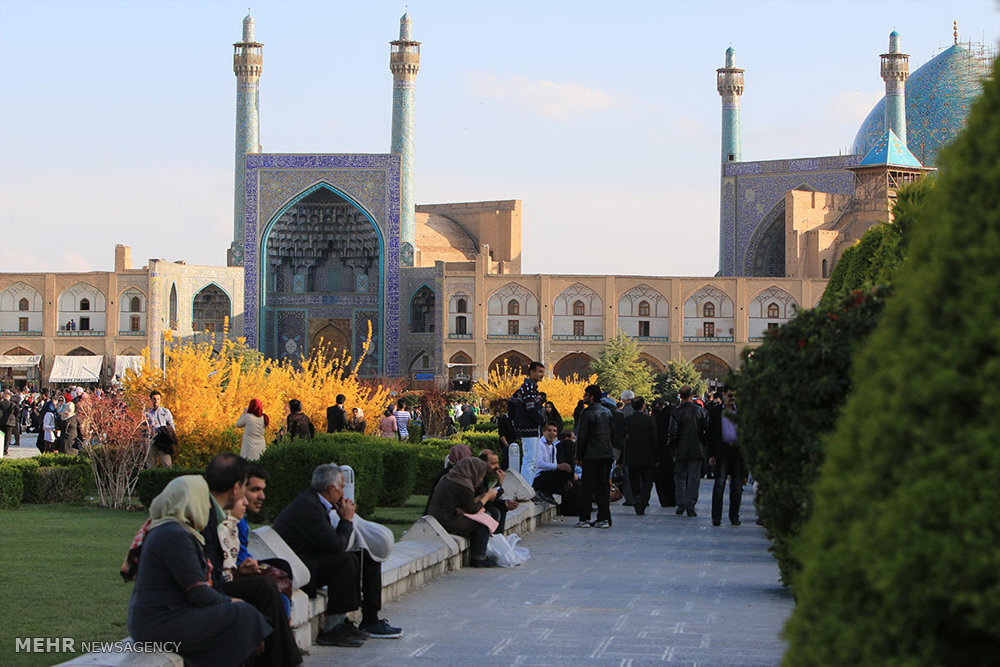Over half a million visit Isfahan sites

TEHRAN – More than 500,000 people visited the historical sites and tourist attractions of Isfahan province, during the two-day Eid al-Fitr holidays, which marks the end of the fasting month of Ramadan, the provincial tourism chief has said.
The travelers also made over 140,000 overnight stays in authorized accommodation centers during the mentioned time, Alireza Izadi explained on Friday.
Soaked in a rich history and culture, the capital city of Isfahan was once a crossroads of international trade and diplomacy in Iran. Now, it is one of Iran’s top tourist destinations for good reasons. The ancient city is filled with many architectural wonders such as unmatched Islamic buildings, bazaars, museums, Persian gardens, and tree-lined boulevards. It’s a city for walking, getting lost in its mazing bazaars, dozing in beautiful gardens, and meeting people.
The city has long been nicknamed as Nesf-e-Jahan which is translated into “half the world”; meaning seeing it is relevant to see the whole world. In its heyday, it was also one of the largest cities in the region with a population of nearly one million.
Isfahan is renowned not only for the abundance of great historical bridges but also for its ‘life-giving river’, the Zayandehrud, which has long bestowed the city an original beauty and fertility. The cool blue tiles of Isfahan’s Islamic buildings, and the city’s majestic bridges, contrast perfectly with the encircling hot, dry Iranian countryside.
This year’s Ramadan began on April 03, which falls in the spring season in Iran, and came to an end on Monday evening. Because of the nature of the lunar calendar system, the dates of Ramadan vary each year and there is always a sort of disagreement among scholars as to when Ramadan precisely start or come to an end.
By tradition, the new moon crescent which is sighted by the naked eye marks the beginning of a new lunar month but these days Muslims prefer to lean towards astronomical calculations to avoid such confusion.
ABU/AFM
Leave a Comment